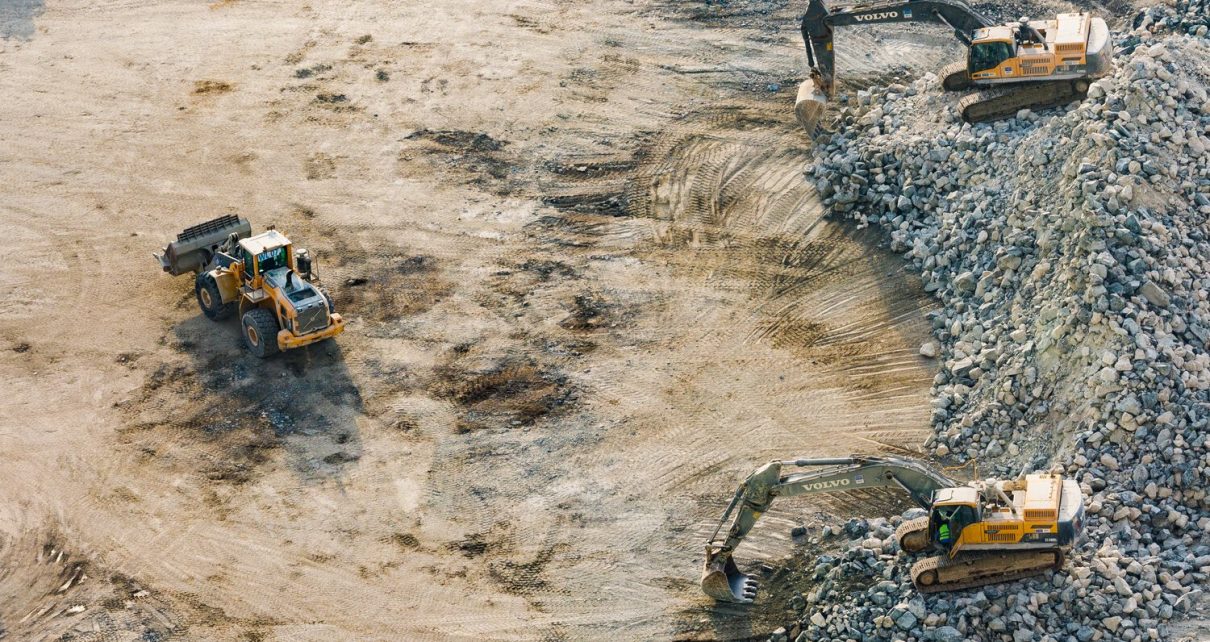It’s always a good idea to invest in something, but just what to invest in? Well, that’s up to you, but one of the best industries to invest in right now is mining. Whether it be gold, silver, or any other material, mining is a big business and an opportunity to invest in something profitable. If you’re looking to invest in mining, here are a few tips on what you should look out for and what you need to know to make the wisest decisions.
Know the two types of stocks
In mining, there are two distinct groups of stock, which are major and junior stocks. They’re exactly what they sound like, where majors are companies that are well-capitalized with a long history, often world-spreading operations with a slow and steady cash flow, while juniors tend to have little capitals, a short history, and high aspirations for huge returns in the future.
One thing you should be aware of when it comes to junior mining stocks is that there’s always the possibility of failure. Many junior companies receive this fate, unfortunately, but at the same time there are those that achieve success, and a major becomes interested and pay a premium to absorb the company, leading to decent returns to investors all year-round.
Understand the risks and rewards
Since both types of mining companies are different, they have different risks and rewards you should consider when investing. Major companies, for example, are the sum of all their deposits being staked or mined plus their history, while junior stocks depend on the results of its feasibility studies.
What does this mean?
The contents of any major mining company’s single deposit that is being staked or mined aren’t likely to shake its stock value much, but if a feasibility study is positive for a junior mining company, they see its value shoot up, but if it is negative, then the opposite will happen. In major mining companies, a change in market value for a mineral of a more significant percentage of deposits has a larger effect than a new or failed deposit, and junior mining stocks don’t typically mine a feasible deposit to the end, but instead either sell the deposit, or themselves, to a major and move on to find another. As such, the biggest risks and rewards lie with junior mining companies.
Choose how you invest
With this information, you should be able to choose what type of company you want to invest in. If you’re looking for a company with a lot of potential and don’t mind being patient in seeing returns, junior mining companies are great for their potential to offer a lot in the right market and for their risk capital, while major mining companies are lower-risk and have the potential for dividends with some appreciation. Both stocks, however, follow a business model that is based on using up all the resources they own in the ground. But because they aren’t aware just how much resources they have in a given deposit, the value of a mining stock roughly follows the market value of its reserves, paying a premium to companies with a long history of providing those reserves to the market.

